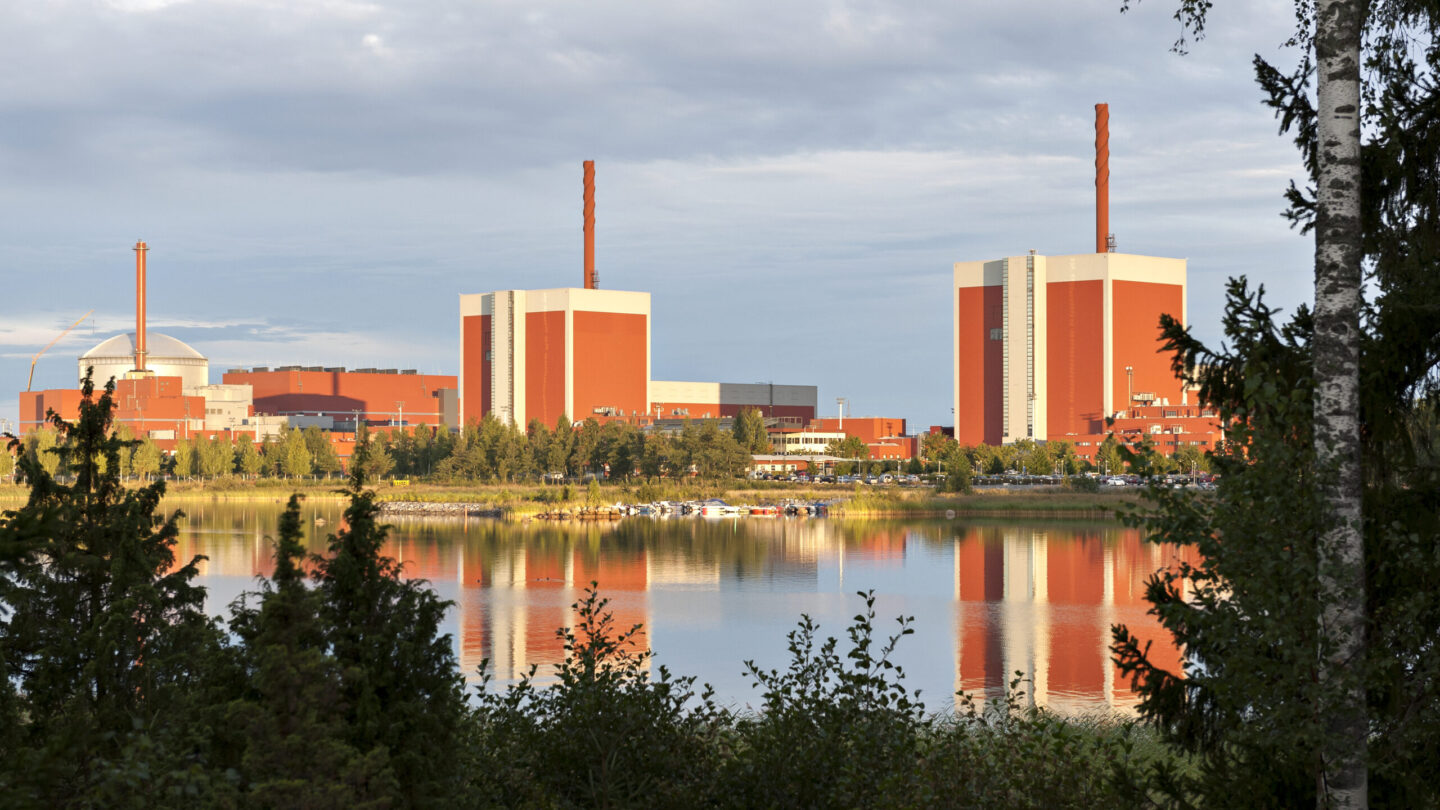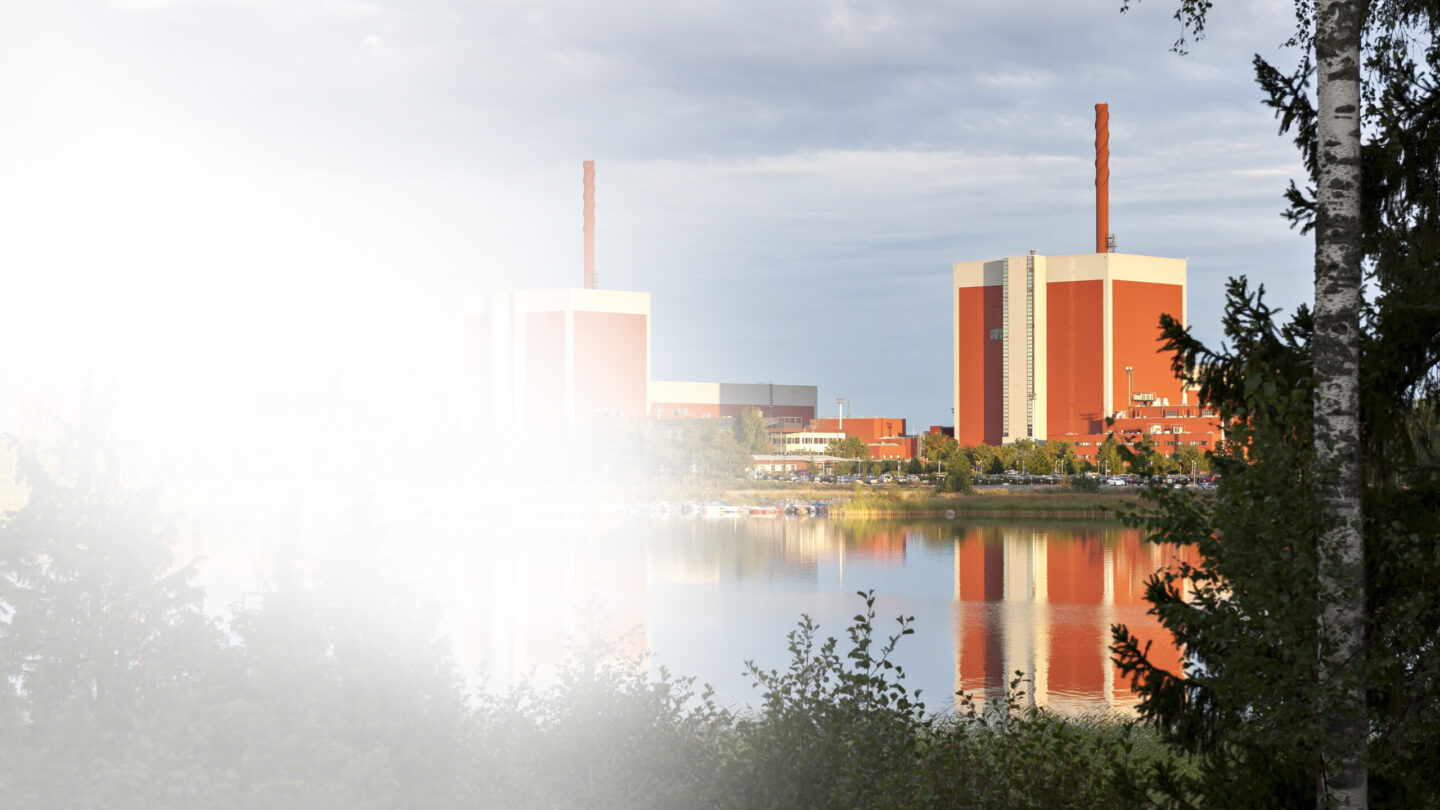Olkiluoto 3 was launched; electric battery, hydrogen and pumped-storage hydroelectricity projects move forward
The year was focused on nuclear power and the preparation of new projects and, at EPV Power, culminated in the start-up of the Olkiluoto 3 reactor in December. The next step is to start the commissioning test phase, i.e. conducting joint operation tests and fault tests at different power levels. The aim is for the reactor to produce electricity for the national grid for the first time in early 2022.
“The completion of Olkiluoto 3 is a very significant event for EPV Energy. As a zero-emission power plant, Olkiluoto 3 is an important part of both EPV’s and Finland’s energy portfolio and an excellent support for our New Electricity Revolution® strategy. OL3 will increase the share of nuclear power in EPV Energy’s electricity production to as much as 45%,” Vice President of EPV Power Niko Paaso explains.
EPV also had a favourable year in terms of nuclear power at the Olkiluoto 1 and 2 plant units. Both units operated safely and reliably throughout the year, and annual maintenance went according to plan.
The role of nuclear power in EPV’s production portfolio is significant not only in terms of zero emissions, but also in terms of its independence from weather factors. With the new strategy’s increased focus on wind and solar power, energy production must be ensured even when weather conditions are not favourable.
“In addition to nuclear power, completely new projects will also increase the flexibility of production. EPV is currently working, for example, on projects involving electric batteries, pumped-storage hydroelectricity and hydrogen, which will support renewable energy production,” says Paaso.
Preparations for the disposal of spent nuclear waste in full swing
At the end of December, Posiva, which is partly owned by Teollisuuden Voima, submitted an application to the Finnish Government for a licence to operate an encapsulation and final disposal facility for spent nuclear fuel. Excavation of the final disposal tunnels started in 2021 and the construction of the encapsulation plant already started in Olkiluoto in 2019.
After 30–50 years of storage, the spent nuclear fuel will be transported to the encapsulation plant where it will be dried and enclosed in hermetically sealed canisters designed for final disposal. The canisters will be placed in the disposal tunnels in the bedrock of Olkiluoto.
“The final disposal of nuclear fuel is scheduled to start in the mid-2020s. If this is the case, Posiva would be the first company in the world to start nuclear waste disposal,” says Paaso.
Progress on the green hydrogen project
EPV is involved in the H-FLEX-E hydrogen project together with Wärtsilä and Vaasan Sähkö. The aim of the project is to store generated electricity in the form of hydrogen and later convert it back into electricity. Electricity produced from renewable energy sources is used to separate hydrogen from water through electrolysis and then saved by storing the hydrogen. The stored hydrogen is then used to again generate electricity in a hydrogen power plant.
The plan is to set up the hydrogen power plant on the Vaskiluoto power plant site, which provides an excellent infrastructure for the project. The project received a grant of EUR 14 million from the Ministry of Economic Affairs and Employment of Finland.
“Zero-emission hydrogen may replace fossil fuels in energy production. It will bring much-needed flexibility and controllability to the generation of wind and solar power. The idea is to produce hydrogen when there is plenty of wind and solar power available and to focus on producing electricity from hydrogen when there is not enough wind or solar power,” Paaso explains.
Pumped hydroelectric energy storage in the pipeline for Pyhäsalmi Mine
In 2021, EPV’s project for a pumped hydroelectric energy storage (PHES) received EUR 26 million in funding from the Ministry of Economic Affairs and Employment, pending approval by the European Commission. The PHES planned for the Pyhäsalmi Mine, along with other projects, would significantly increase the regulation capability and flexibility of EPV’s energy generation.
“The tail water reservoir and the power generation unit will be located at a depth of 1,400 metres at the bottom of the mine. When electricity prices are low, water will be pumped from the lower reservoir to the upper one, whereas when electricity prices are high, the plant will work like a hydroelectric power plant, producing electricity when water is allowed to fall from the upper reservoir to the lower one,” Paaso explains.
The project is currently at the planning stage, waiting for an investment decision.
Preparations for the Teuva wind farm’s electric battery project
An electric battery is being planned for the Paskoonharju wind farm in Teuva to support EPV’s power generation as a versatile risk management tool. An electric battery works particularly well when there is a very sudden need for electric power.
Preparations for the project continued in 2021 and they may lead to an investment in early 2022.
More hydropower was produced than average
The hydropower plants had a good production year and availability remained at a good level. The plants worked as planned without significant disruption. It was also a rainy year, and the production volume of an average hydrological year was exceeded.
Power procurement distribution in 2021
Finland’s distribution (86 196 GWh)
EPV’s distribution (4 034,8 GWh)



